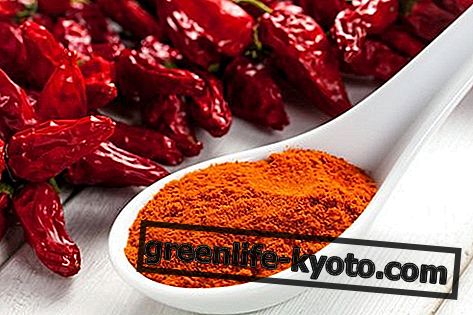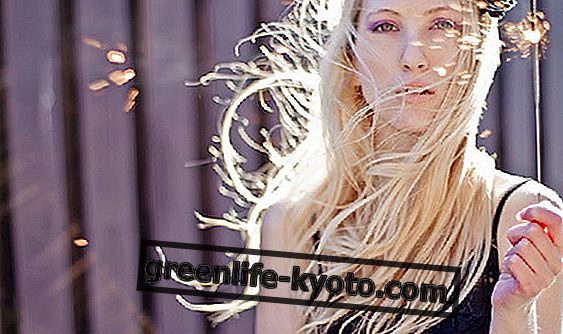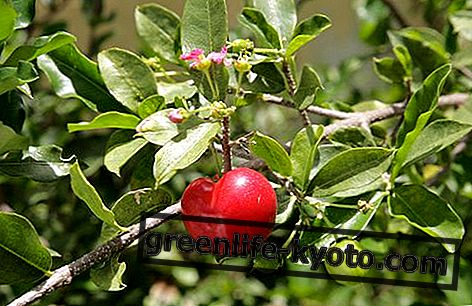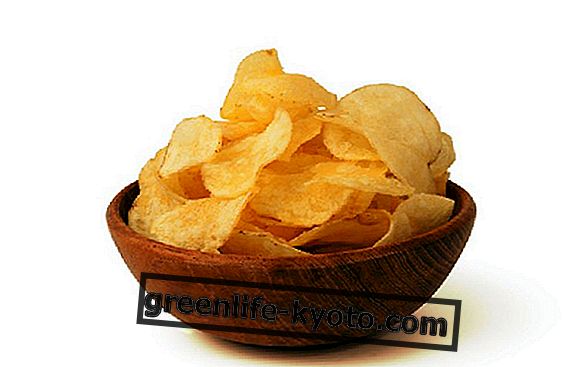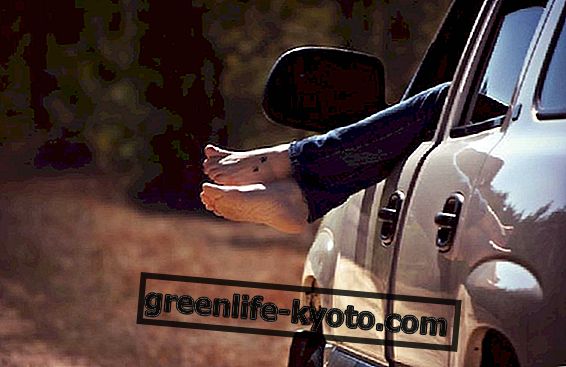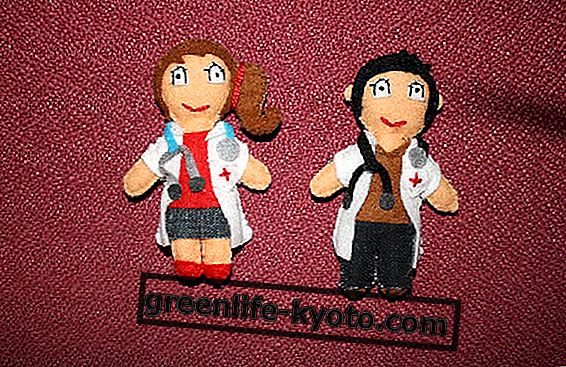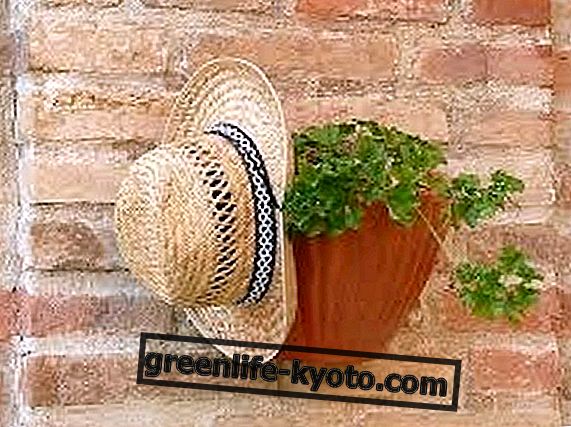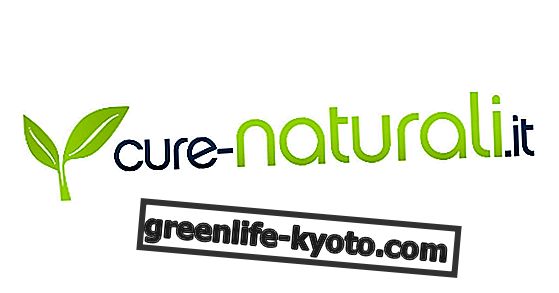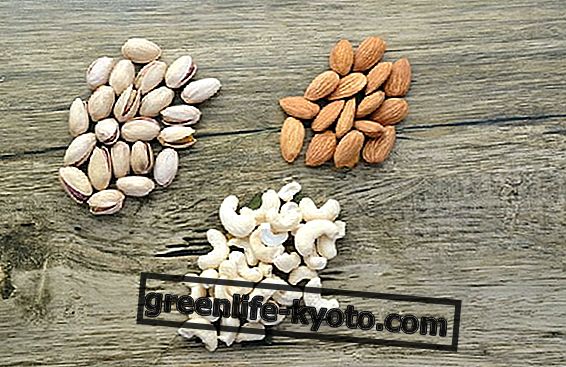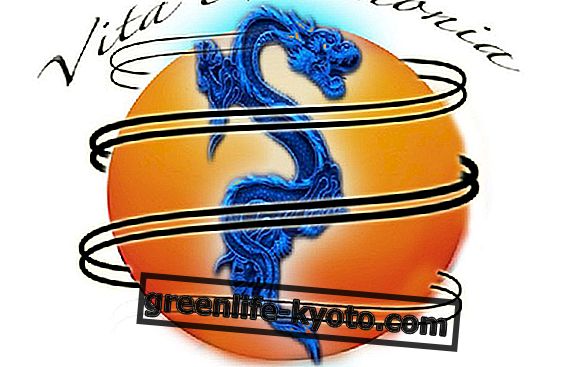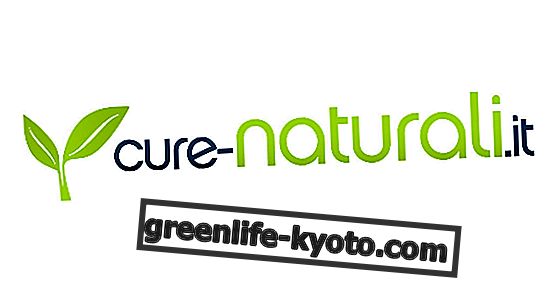Children's hair does not need frequent washing and specific products: it is sufficient to use a cleaning oil for the hair cleaning of children in the first months of life that, only after the first year of age can be replaced by a mild shampoo. Children's skin lacks sebaceous and apocrine secretions and is therefore less oily than adult skin: this also applies to the scalp.
In any case, the shampoo for children should not be used before the age of six months and it is however preferable not to apply the pure shampoo on the hair: better to dilute a poor spoon in a little warm water and rinse it quickly after cleansing.
>
>
>
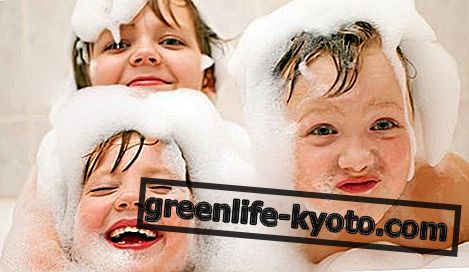
Surfactants in shampoo for children
Surfactants are the ingredients that perform the detergent function inside shampoo, shower gel and liquid soaps. The surfactants are able to decrease the surface tension of the water and to bind simultaneously to the water and to the fat particles of the dirt present on the skin, thus fulfilling their detergent function .
Depending on the charge that the surfactant develops in water, these are divided into:
anionic surfactants - which develop negative charge
cationic surfactants - which develop a positive charge
amphoteric surfactants - which develop positive and negative charge
non-ionic surfactants - free of charge
For the shampoo dedicated to children, it is better to prefer eco-bio products that contain delicate surfactants, with little degreasing and low foaming properties that do not attack the skin.
In choosing the shampoo based on surfactants, this translates into choosing products that contain light anionic surfactants such as Sodium lauroyl sarcosinate and Sodium Cocoyl Glutamate, amphoteric surfactants such as betaine and, among non-ionic surfactants, those derived from glucose and sucrose such as Decyl glucoside, Lauryl glucoside and Coco glucoside . It is therefore necessary to check the INCI label which shows the list of shampoo ingredients in order to choose the most delicate one.
Functional substances and additives in shampoo for children
In addition to the surfactants with detergent function, the shampoo also contains conditioning and disentangling substances: as regards the active ingredients and functional substances, given the poor needs of children's hair, it is not necessary that the formulation contain particular ingredients: it is sufficient that the shampoo does not contain irritating or aggressive ingredients for the baby's skin.
Unless the child has skin problems for which it is advisable to seek medical attention, children's hair shampoos should not contain active ingredients: products should be used which, in addition to surfactants, contain floral waters of cornflower and flowers. orange or chamomile and vegetable proteins such as soy.
Synthetic perfumes, essential oils and dyes are to be avoided as they could trigger irritation and allergic reactions: better to choose products without colorings and perfumed with natural fragrances.
Discover also natural cosmetics for babies and children

Natural products against lice
When children start attending kindergarten and elementary school, they may come into contact with lice. Lice infestation causes irritation and itching and, if not properly treated, can be difficult to eradicate.
There are some natural products to prevent the appearance of lice in children: this is the case, for example, of neem oil, some essential oils and vinegar .
The neem oil is used by massaging a few drops on hair and scalp every day, for preventive purposes. The smell of neem oil is somewhat unpleasant and, who does not tolerate it, can replace this treatment with olive oil in which to dilute a few drops of essential oil of tea tree, rosemary, oregano or lavender, citronella, thyme. These essential oils can also be added to the shampoo to wash the lice.
After shampooing, it is useful to resort to rinsing with a glass of wine vinegar diluted in a liter of water: in addition to preventing lice, the vinegar facilitates the removal of the eggs in case of already overt infestation.
If you notice the presence of eggs or lice in the child's hair, it is useful to resort to a specific treatment: there are eco-bio lotions and shampoos based on natural ingredients to combat this problem, available in herbal medicine. After the treatment, the eggs are removed using a narrow-toothed comb previously immersed in white wine vinegar.
